
FCC SDoC Certification Testing for Electronic Products
For those looking to enter the U.S. electronics market, FCC certification is an essential "entry ticket"! Today, let's take a deep dive into this "superstar" of the certification world.
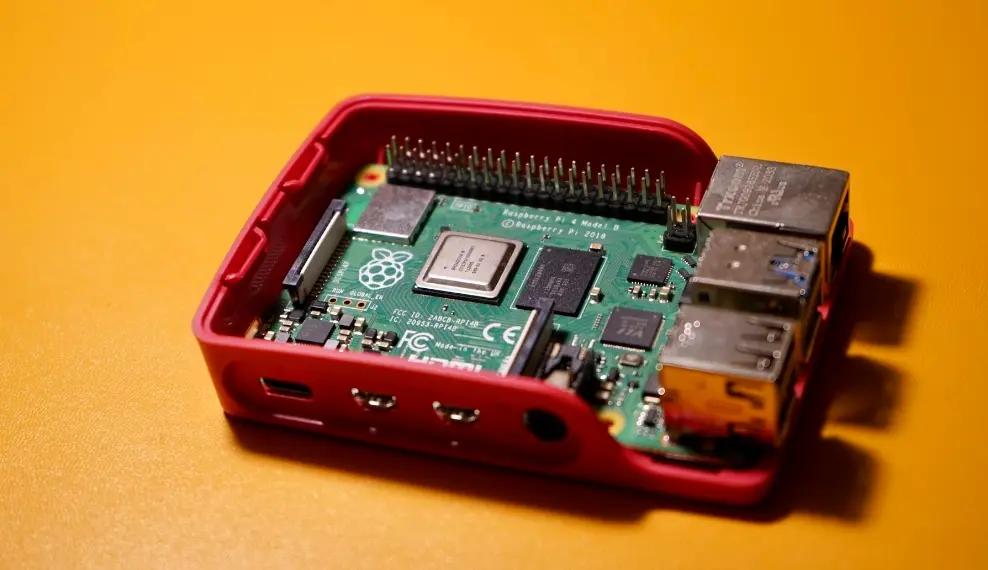
What is FCC Certification?
FCC certification, officially known as the Federal Communications Commission (FCC) Certification, is a mandatory certification set by the U.S. government. It focuses on electromagnetic radiation and signal transmission characteristics of electronic products, ensuring they do not interfere with public communications or pose health risks.
Imagine if mobile phones and computers coULd transmit signals without any regulation—our communication networks would be chaotic. FCC certification acts as a strict "electronic police", ensuring that all products meet safety and compliance standards.
Which Products Require FCC Certification?
FCC certification covers a wide range of electronic and electrical products. If a product wants to enter the U.S. market, it typically requires FCC certification. The main product categories include:
1. Wireless Devices
- Mobile phones, smartwatches, fitness trackers—since they contain wireless communication modules, they must be certified.
- Bluetooth speakers, wireless headphones—because they transmit and receive wireless signals, certification is required.
- Wi-Fi routers, wireless network adapters—since they handle critical network signals, certification ensures their stability and compliance.
2. Audio and Video Equipment
- TVs, home theater systems, tablets, portable speakers—all devices that involve signal transmission require certification.
- Cameras, projectors—these video devices also need fcc approval.
3. Household Appliances
- Refrigerators, washing machines, air conditioners, kettles, hair dryers, vacuum cleaners—even though they don’t have wireless functions, they can generate electromagnetic interference and thus require certification.
4. Computers and Accessories
- Desktop computers, monitors, keyboards, mice, printers—these generate electromagnetic radiation during data transmission and operation and must be tested for compliance.
5. Lighting Products
- LED lights, smart bulbs, chandeliers, desk lamps—their internal circuits may cause electromagnetic interference, so they fall under the certification scope.
Types of FCC Certification
FCC certification is divided into several categories. Choosing the right type is crucial when applying.
1. FCC-sdoc (Supplier's Declaration of Conformity)
- Applies to non-wireless products such as monitors, household appliances, and lighting products.
- Manufacturers or importers self-declare compliance after internal testing.
- Simple and cost-effective, typically completed within 5-7 business days.
- Example: Kettles, hair dryers, standard desk lamps.
2. FCC-ID (For Wireless Devices)
- Required for wireless devices such as Bluetooth devices, Wi-Fi devices, mobile phones, tablets, and walkie-talkies.
- The product must be tested at an FCC-recognized TCB (Telecommunication Certification Body) laboratory.
- Upon passing, a unique fcc id is issued, acting as the product’s "identity card."
- The process takes 10-15 business days and is more costly, as it involves electromagnetic compatibility (EMC) and radio frequency (RF) testing.
3. Other Certification Types
- FCC SRB Certification: A specialized certification for small-batch wireless products.
fcc certification process
To obtain FCC certification, follow these key steps:
1. Preparation
- Determine the appropriate certification type (FCC-ID for Bluetooth headphones, FCC-SDoC for wired headphones).
- Prepare technical documentation, such as product manuals, circuit diagrams, and block diagrams.
- Choose an FCC-recognized testing laboratory—refer to the FCC website for accredited labs.
2. Submit Application
- Submit the application form and necessary documents to FCC or a third-party certification body (TCB).
- The form must include product name, model, technical specifications, and applicant details.
- Submission can be done online via the FCC portal or through physical mail.
3. Product Testing
- Electromagnetic Compatibility (EMC) Tests:
- Conducted Emissions Test: Measures electromagnetic interference through power and signal lines.
- Radiated Emissions Test: Checks if the product emits excessive electromagnetic interference.
- Radio Frequency (RF) Tests (for wireless products):
- Evaluates transmission strength, reception sensitivity, and signal stability.
- Example: Bluetooth headphones are tested to ensure stable, clear audio at different distances.
- If a product fails testing, it must be redesigned and retested, so it is best to consider FCC requirements during product development.
4. Review and Approval
- Once testing is complete, the FCC or TCB reviews the test report.
- If approved, FCC-ID products receive a unique ID, while FCC-SDoC products complete the self-declaration process.
5. Product Labeling
- Certified products must display the fcc logo on the product or packaging.
- A compliance declaration must also be included, serving as proof of certification.
FCC Certification Test Categories
fcc testing focuses on electromagnetic compatibility, radio frequency performance, and other safety aspects.
1. Electromagnetic Compatibility (EMC) Tests
- Conducted Emissions Test: Ensures that interference through power/signal cables is within limits.
- Radiated Emissions Test: Measures interference radiated into the surrounding environment.
2. Radio Frequency (RF) Tests (For Wireless Devices)
- Transmission Power Test: Ensures signal strength complies with regulations.
- Frequency Stability Test: Checks if the device maintains a stable frequency across different conditions.
- Modulation Characteristics Test: Ensures accurate and effective signal transmission.
3. Safety Tests
- Electrical Safety Test: Ensures the product has overcurrent, overvoltage, and overheating protection.
- Mechanical Safety Test: Examines product design to prevent user injuries.
4. Additional Tests
- Radiation Suppression Test: Measures the device's ability to suppress its own radiation emissions.
- Dielectric Voltage Withstand Test: Evaluates insulation material strength under high voltage.
- Spectrum Occupancy Test: Ensures the device operates within permitted frequency ranges.
Key Considerations for FCC Certification
When applying for FCC certification, keep the following in mind:
1. Choose an accredited certification body: Verify that the laboratory is FCC-recognized. You can check the FCC website or refer to other companies' experiences.
2. Prepare complete documentation: Include detailed product manuals, accurate circuit diagrams, and technical specifications. Incomplete documentation can delay the process.
3. Ensure compliance before submission: Perform pre-tests to check if your product meets fcc standards. If issues are found, fix them early to avoid retesting.
4. Plan for time and cost:
- FCC-SDoC: 5-7 business days, lower cost.
- FCC-ID: 10-15 business days, higher cost.
- Retesting and additional documentation may increase costs and extend the timeline.
5. Stay updated on FCC policies: FCC standards can change, so always check the latest FCC regulations before applying.
Email:hello@jjrlab.com
Write your message here and send it to us
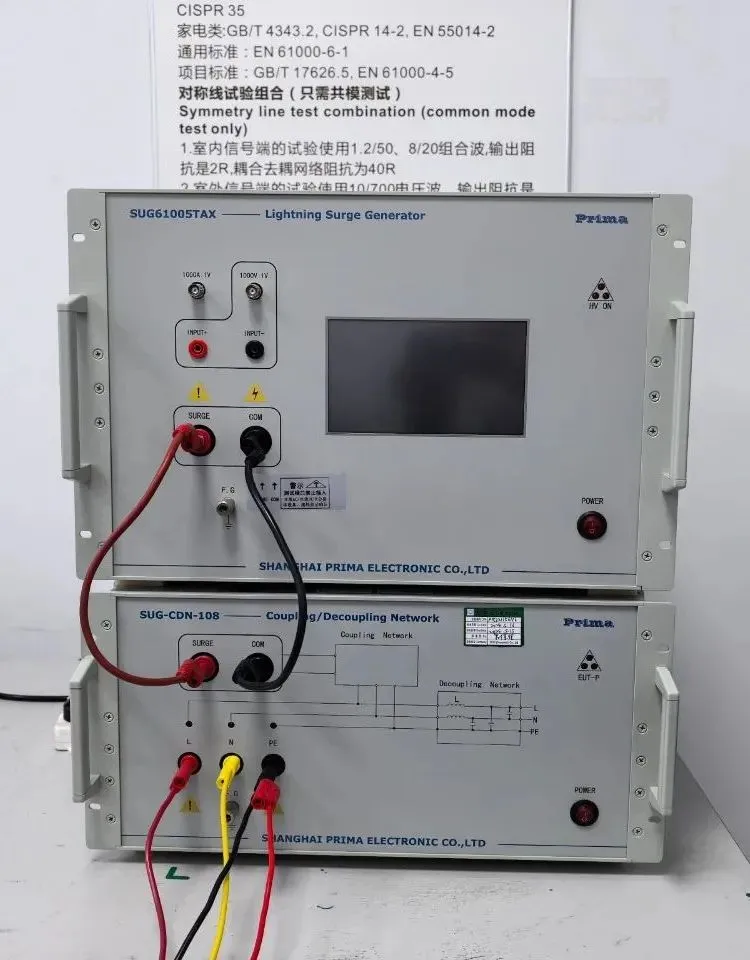 How to get CE Certification for Lighting Products?
How to get CE Certification for Lighting Products?
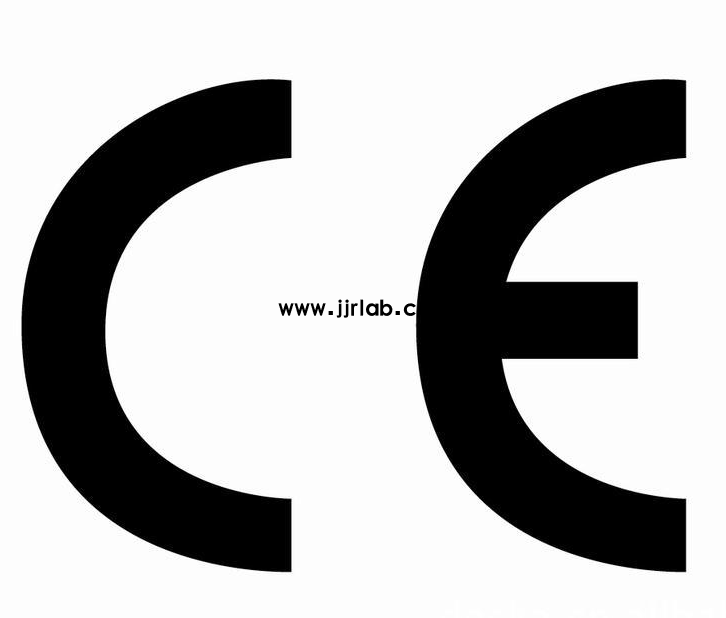 CE Certification Standards & Process for Elect
CE Certification Standards & Process for Elect
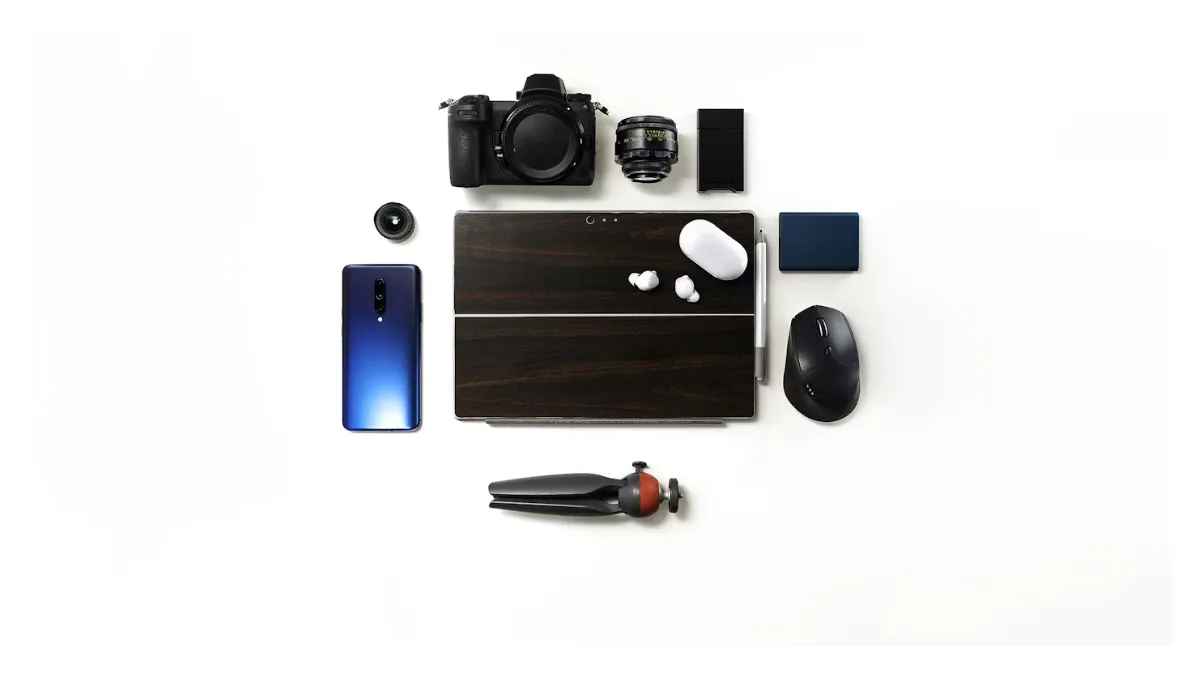 Japan METI Registration & Japanese Agent Servi
Japan METI Registration & Japanese Agent Servi
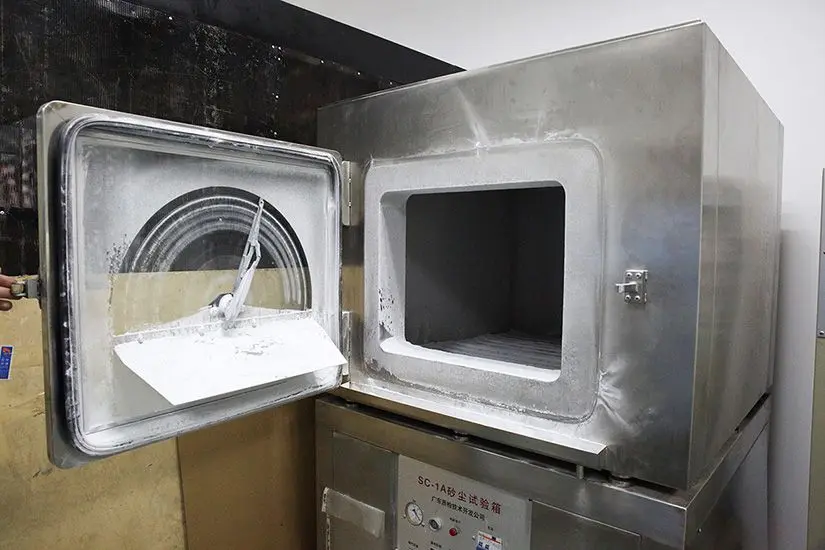 Temperature Shock Test (IEC 60068-2-14:2009)
Temperature Shock Test (IEC 60068-2-14:2009)
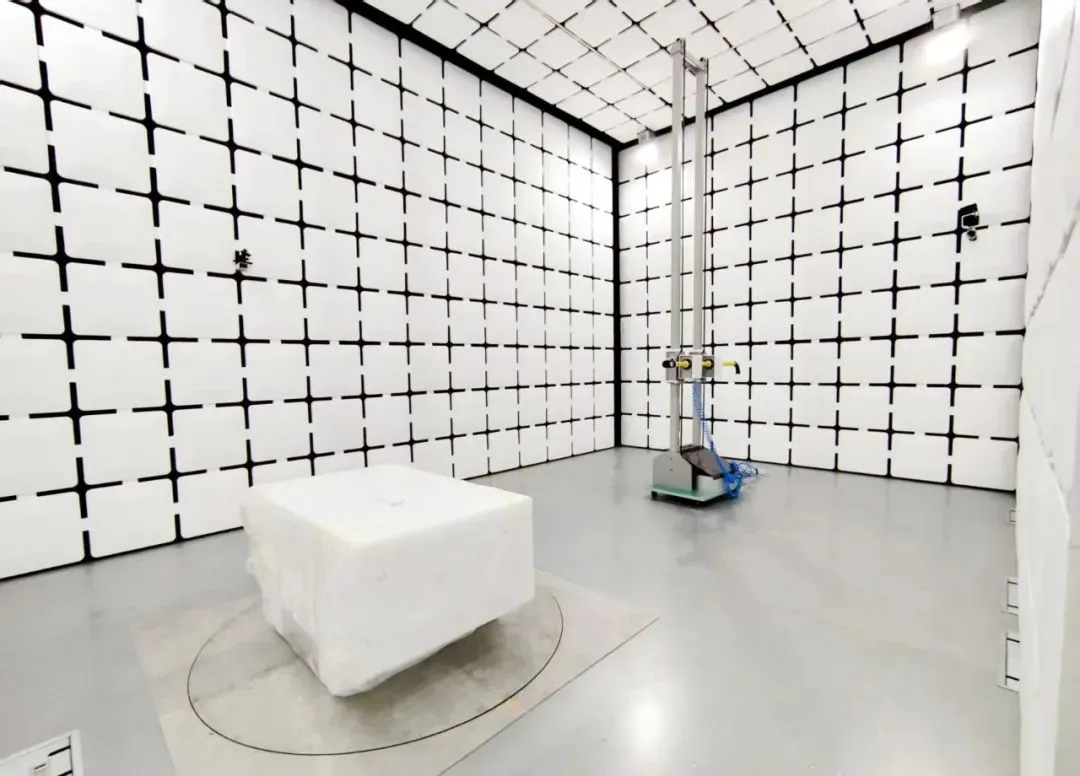 Electromagnetic Compatibility (EMC) Testing Servic
Electromagnetic Compatibility (EMC) Testing Servic
 Canada ISED Certification (IC Certification) Analy
Canada ISED Certification (IC Certification) Analy
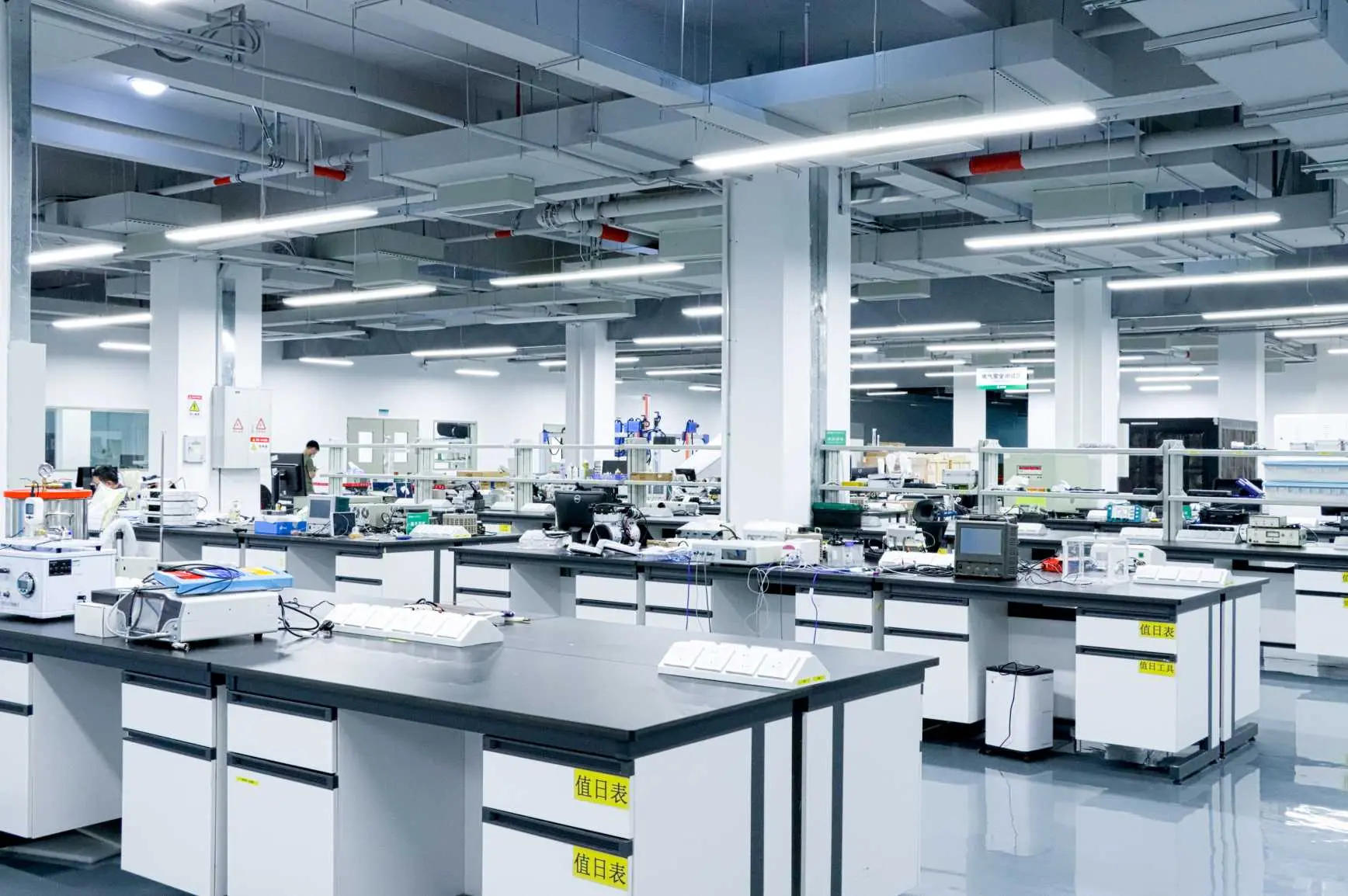 CSA C22.2 No.42 Compliance Test Report for Amazon
CSA C22.2 No.42 Compliance Test Report for Amazon
 FCM Food Contact Materials Compliance Certificatio
FCM Food Contact Materials Compliance Certificatio
Leave us a message
24-hour online customer service at any time to respond, so that you worry!




